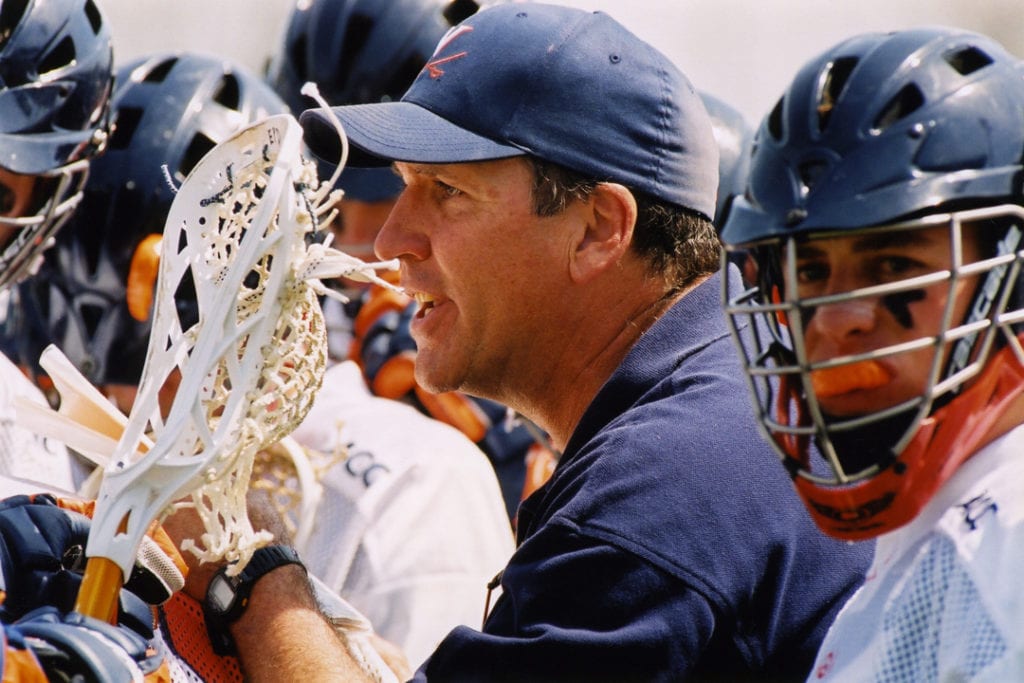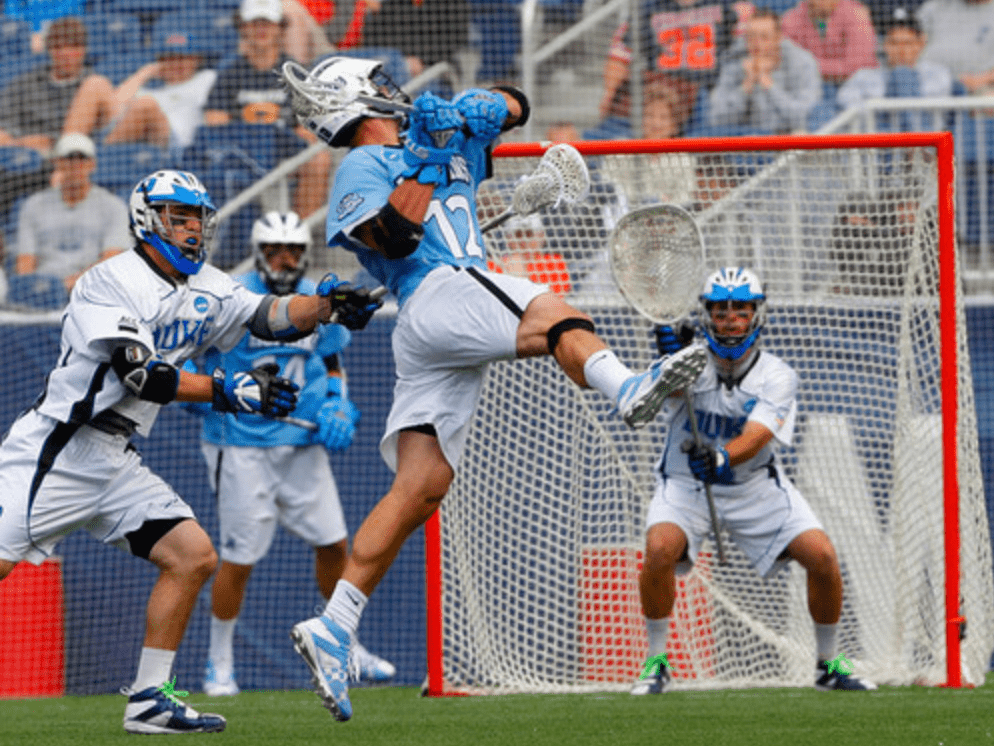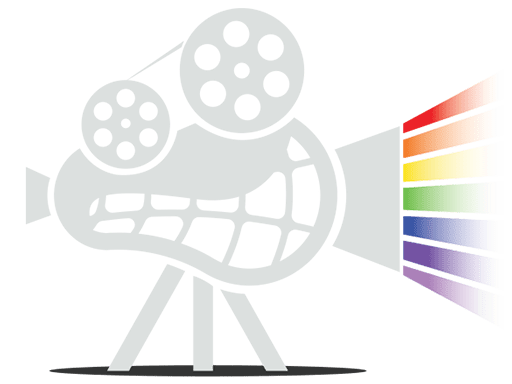
Why LaxFilmStudy?
LaxFilmStudy was created to educate our players about the nuances of our sport. We wanted to showcase the greatest players, moments, skillsets occurring in real-time, on the field. We have broken the game of lacrosse down into it’s most intricate components, from Goalie Off-Hip Saves, to Dodging at X, to Defender Footwork. LaxFilmStudy is the home to lacrosse’s ultimate Film Breakdowns to help coaches, and players analyze the game at a different level.
For Coaches

As coaches, we work tirelessly to inspire our players to execute the details of fundamentals, positional skillsets, and game sense. It occurred to me that our generation are visual learners. Through our vast categorical breakdowns of the game, coaches can now SHOW their players what they mean by shooting the ball overhand, picking up tough ground balls, the spacing in the clearing game, and so much more. LaxFilmStudy provides coaches with a database of video educational resources that they can utilize to teach, inspire, and motivate their players to execute their style of play.
For Players

Lacrosse players at every level are on a constant journey to enhance their current skills, and add new ones to their repertoire. Players ask me all the time: ‘How can I work on my dodging from behind the goal?’ or ‘Do you have any drills for this?’ A player’s ability to analyze the nuances of their position & utilize the information to enhance their training, mindset, and creativity, might be one of the most hidden secrets in our game. Players can study the best to ever play at their position, watch breakdowns of their specific skillsets, and decide for themselves how to move & execute those skills on the field.
Fans: Help Grow The Game with the Give & Go Foundation
Your membership proceeds from LaxFilmStudy go towards supporting The Give & Go Foundation. The Give & Go Foundation is a 501-c-3 non-profit organization that aims to provide resources and education to underserved lacrosse communities around the world.
Lacrosse Film Study: Film Study TIPS
This is a hand-out we provided to our student-athletes before the NCAA Tournament and into the Summer (PLL). Here are guidelines you can share with players as it relates to developing your IQ with Film Study.
1) Watch & study with intent to develop your IQ.
2) Watch your Position and note:
i. Skills you have that these players utilize
ii. Skills you want to develop
3) Watch your Unit (Offense, Defense, Faceoff, Wing Play, PK, EMO, etc.)
i. Time Stamp Plays that you find interesting, high-quality, motivating.
ii. Illustrate & explain why!
4) Watch the Opposing Unit (Offense watch the Defense)
Evaluate their Game Plans and Scouting
a. Examples:
i. What strategies are they utilizing to Defend the Invert? How would I attack it?
ii. What strategies are they utilizing to Attack the Zone Defense?
iii. How would I attack this situation if I was in *Grant Ament’s Shoes
Iv. How would I have positioned myself in the cage if I saw that shot from Jeff Teat?
5) Study End of Quarter, Half, and Game Situations
i. Analyze the Strategy of the WTCG Situation.
1. How much time is left?
2. What is the score?
3. What was the strategy?
6) Think purposely on how you can now work to create these skills on your own. On the field, on the wall, in the weight room, in your mind.
i. Drills
ii. Exercises
iii. Pattern Recognition
iv. Memory
Watching Video is Great Mental Training for Athletes
Watching videos of yourself and the best athletes in the world in your sport is a powerful tool for strengthening important mental muscles such as confidence, intensity, and focus. It can also be used, when combined with mental imagery, to improve technique and tactics. Another benefit is that watching yourself and top athletes in your sport playing well just gets you plain fired up which will help inspire and motivate in all aspects of your sports efforts.
If you’re like most athletes, you watch a lot of video as part of your regular training regimen, particularly during your competitive season. Video enables you to more clearly understand and see what you need to work on and you can learn a great deal by seeing great performances in your sport demonstrated by your favorite Olympians or professionals. Video is also a form of mental imagery that can help you generate the image and feeling of performing your best.
The use of video tends to decline during the off-season when athletes are focused on other activities they are engaged in. But its use should actually increase for the very same reason. Why? Because you may not be actually playing your sports as much or at all which means you can lose the feeling of playing your best. Video can keep you mentally sharp and allow you to develop your sports skills when you’re not training every day.
But just watching video isn’t going to maximize its benefits during the off-season. Instead, you need to use video in specific ways to help you gain the most benefits.
Common Mistakes
If you’re like most athletes, you are probably not watching video in the most effective way. For example, there is a tendency among athletes and coaches alike to focus on mistakes. This emphasis seems to make sense because if you watch your mistakes, you can learn from and correct them. But watching only mistakes ingrains a negative image and feeling into your mind and body much like physically practicing bad technique or tactics will instill bad performances into your mind and muscles.
You may also focus too much on the details of the video, for example, body position or movement. Video is used mostly for analysis, so it’s easy to obsess about every little detail. Though there is a place for analyzing the minutiae of your performances, too much will cause you to lose sight of what is really important, namely, the image and feeling of great play.
Watching videos of the best in your sport is fun and motivating. I’m sure you have your favorites and you like to watch and fantasize about playing like them one day. But watching too much of them and not enough of yourself may cause you to imagine yourself playing like one of them rather than the way you play. That sounds good in theory, but the reality is that you can’t play like the top guys and gals (at least not yet!).
You may also watch athletes in your sport that you have no chance of emulating because they are so physically different from you. For example, if you’re tall and thin, you shouldn’t imagine yourself performing like someone short and muscular.
Rules of Video Watching
When you watch video follow these rules:
- Instead of “thinking” about the videos (i.e., analyzing, critiquing, evaluating), just open your focus and allow yourself to experience the “gestalt” of videos, that is, the over-all images of good performances, and the images and feelings they trigger in you. Allow the images of the videos flow through your mind, without excessive thought, and into your body where they most need to be.
- Though you can learn about what you need to work on by watching your mistakes, I recommend watching at least 75% “highlight” videos of yourself playing well. Seeing and feeling your best performances allows your mind and body to absorb positive images and feelings.
- To maximize the benefits of watching footage of the top athletes in your sport, identify athletes who are physically and technically similar to you so you can more easily incorporate their technique into your style.
- Always imagine yourself playing like you. Rather than imagining yourself performing like your favorite pro or Olympian, take what they do so well technically and tactically and incorporate those into your own performances.
Video as Mental Imagery
I’m a huge believer in the power of mental imagery. And video, though not often thought of this way, is a powerful type of mental imagery. You can incorporate mental imagery into your use of video by including it in your video sessions. Here’s how:
- Watch a performance of yourself on video identifying what you did well and where you need to improve.
- Immediately close your eyes and see and feel yourself performing just the way you want. Ingrain the positive images and feelings from the video into your imagery.
- If you made mistakes in your video performance, “rewind and edit” the video in your mind’s eye by redoing the videoed performance and making the necessary corrections in your imagery..
